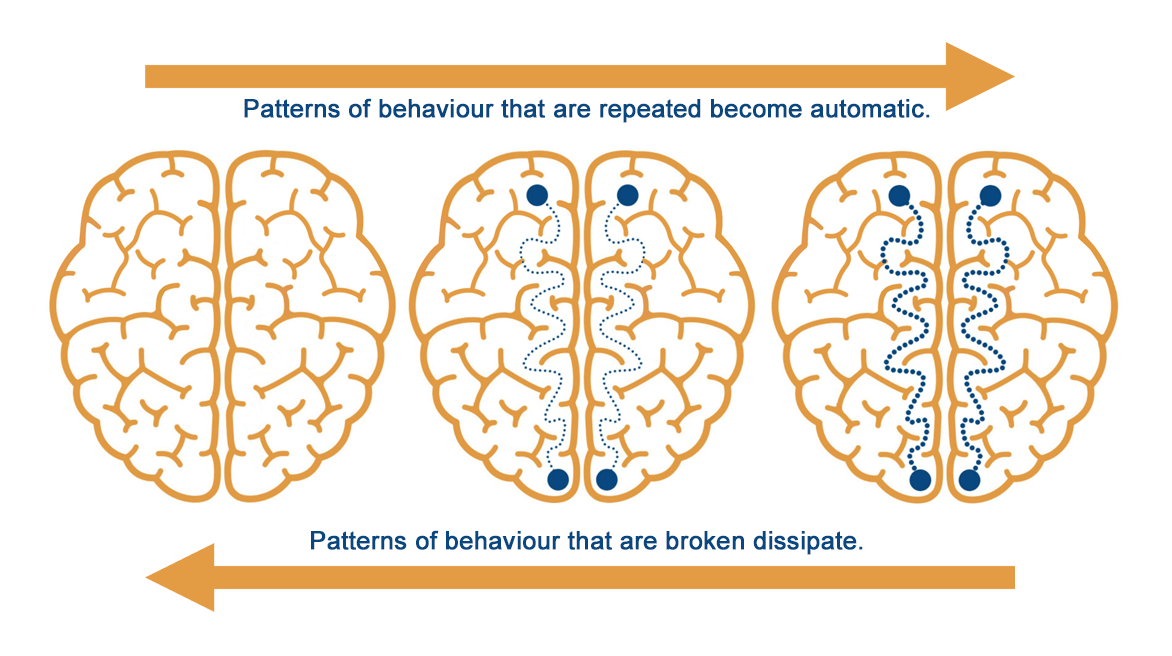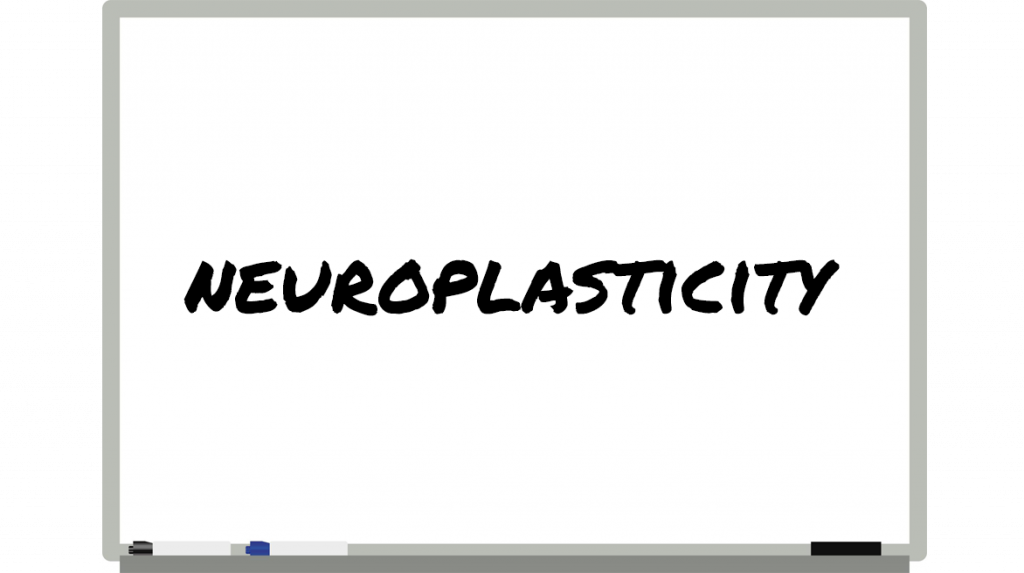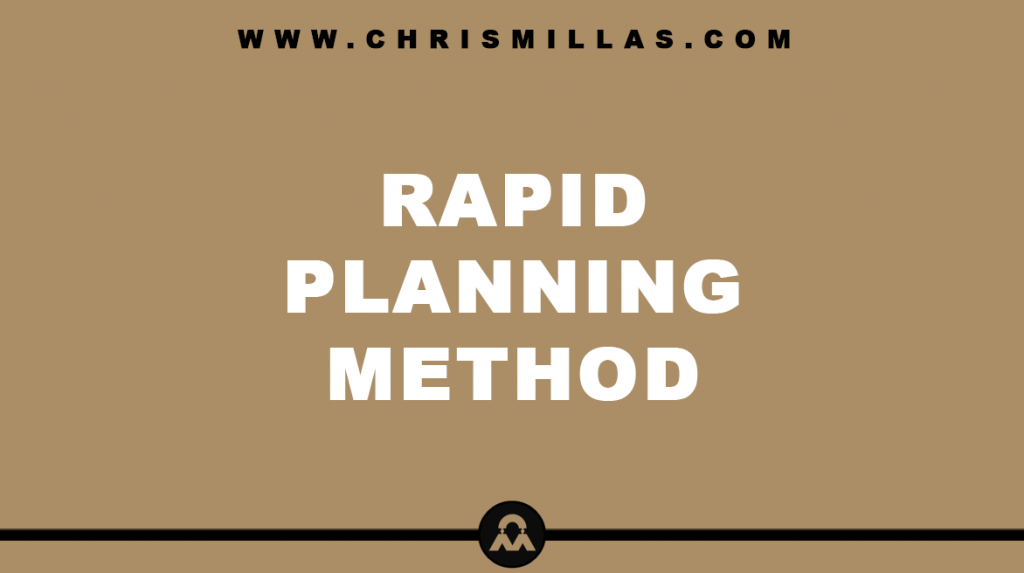In this post we’ll unpack all you need to know about neuroplasticity, defining exactly what it is, the science behind how it works, how to leverage it as a tool for for positive change and more.
What Is Neuroplasticity?
Neuroplasticity, also known as brain plasticity or neural plasticity, is the brain’s ability to change and adapt as a result of our thoughts, feelings and actions.
In other words, our brains are ‘plastic’ and we have the power to quite literally mould them. In fact, we do so throughout our entire lives ― consciously or unconsciously.
“The idea that the brain can change its own structure and function through thought and activity is, I believe, the most important alteration in our view of the brain since we first sketched out its basic anatomy and the workings of its basic component, the neuron.” ― Norman Doidge
The Evolutionary Perspective
For most of human history, we lived in an exponentially dangerous and chaotic world. We were constantly on the move and so our surroundings were constantly changing.
Thus, from an evolutionary perspective, neuroplasticity allowed our ancient ancestors to adapt to their constantly changing world, ultimately enhancing their ability to survive and reproduce.
The Science ― How Neuroplasticity Works
Every thought, feeling or action that we engage in triggers thousands of neurons (cells that transfer information) that join together to form neural networks (where the information travels through).
The more we engage in a particular thought, feeling or action, the more we strengthen the associated neural networks, the quicker signals can be processed, until eventually signals can be processed almost instantly. This is when the behaviour becomes part of our subconscious and so we do it automatically without the need for conscious thought ― that’s what we call a habit.
The opposite is also true. The less we engage in a particular behaviour, the weaker the associated neural networks become, until eventually they dissipate ― “neurons that fire apart wire apart.”
In short, patterns of behaviour that are repeated become automatic. Patterns of behaviour that are broken dissipate. Use the image below as a visual representation of this.

Why Is Neuroplasticity Important?
Our brain and nervous system determine our thoughts, feelings and actions.
The stronger the neural networks for a particular behaviour, the more automatic the behaviour becomes. In contrast, the weaker the neural networks, the less we will engage in the behaviour.
Therefore, by harnessing the power of neuroplasticity, we can re-program our brain and nervous system to create changes in our thoughts, feelings and actions by conditioning behaviours that empower us and align with our goals and the life we desire and breaking behaviours that don’t.
3 Primary Ways To Condition Your Brain & Nervous System
There are 3 primary ways to rewire and condition your brain and nervous system:
- Repetition ― The first law of any habit is repetition. The more we repeat a behaviour, the brain learns to trigger the same brain cells (neurons). This strengthens the associated neural pathways which means signals can be transferred quicker.
- Emotion ― Not only does emotion act as glue that binds you to experiences, but it is the fuel that gives power to your thoughts. The more emotion you generate, the more neurons you activate in your brain that strengthen the associated neural pathways.
- Visualisation ― The brain doesn’t know difference between what you imagine and what is actually happening in your reality. Therefore, when mentally visualising something, it has the same effect on your neural pathways as the real thing, thus strengthening them.
Summary (TL;DR)
Neuroplasticity is the brain’s ability to adapt based on our experiences. The more we repeat a particular behaviour, the more we reinforce it into our brain and nervous system.
We can harness the power of neuroplasticity by conditioning our brain our nervous systems with behaviours that serve and support us and breaking behaviours that don’t.







